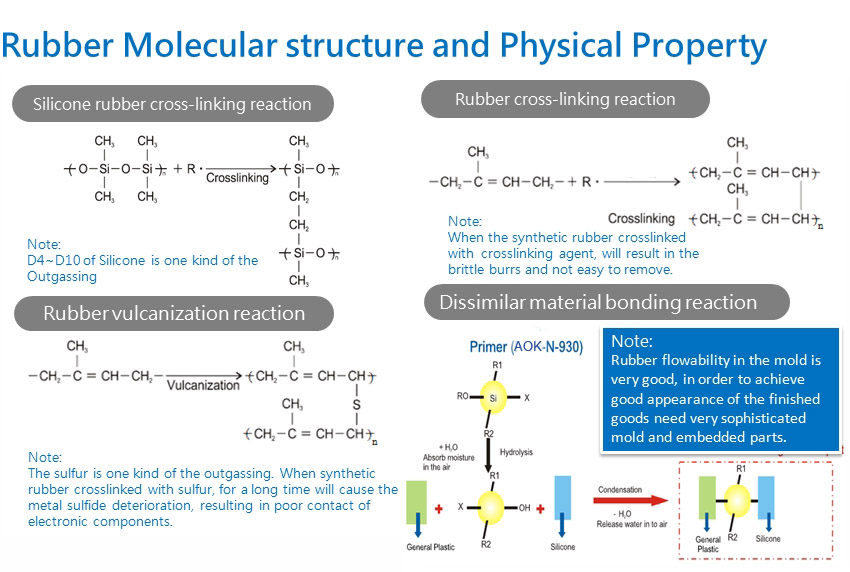Sinoguide Thermal owns excellent technology and equipment which could change macromolecules polymer to meet specific temperature extreme test and applied with other possible chemicals, long time, and reliability test, and product is outgassing-free.
For a CPU to be cooled properly, there needs to be a good contact between the surface of your CPU and the heatsink base. Some heatsinks come with a thermal interface pad, which is a thin pad of modelling-clay like material. What it does is fill the imperfections between the bottom of the heatsink and your CPU. Most older CPU's have slightly concave surfaces, only the corners of the processor touched the heatsink. Obviously this was wasting most of the surface for thermal conduction between the heatsink and CPU. The thermal interface materials fills this gap.
The Introduction of Silicone
Silicones are inert, synthetic compounds with a variety of forms and uses. Typically heat-resistant and rubber-like, they are used in sealants, adhesives, lubricants, medical applications, cooking utensils, and insulation.
Silicones are polymers that include silicon together with carbon, hydrogen, oxygen, and sometimes other elements. Some common forms include silicone oil, silicone grease, silicone rubber, silicone resin, silicone rubber thermal material and silicone caulk.
Silicone Rubber Molecular Structure and Physical Property

Sinoguide has the competency of solving the outgassing problem of traditional silicone and rubber.
As devices and equipment become smaller and more complex it becomes imperative to dissipate heat in a safe and efficient manner. Effective management of heat is critical to the accuracy, reliability and life of your products. Sinoguide has developed a proprietary line of silicone rubber thermal interface materials, Sinoguide, which has the broadest range of thermal capacities on the market today.
Contact us to discuss solutions for your electrical insulation needs.

